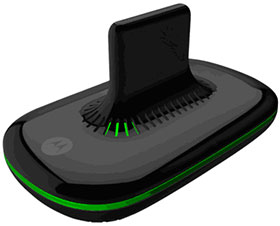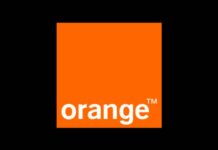In the US, mobile phone operators distribute devices called femtocells that work like mini-telephone towers because they increase the signal strength in the area where they are installed. These devices allow terminals to connect to them and allow the use of voice/data services. The femtocells redirect the terminal signal through an internet line to the operator who redirects the calls again through their own switchboard. Basically, it's a similar idea to using a VoIP line to make calls anywhere in the world.
Ubiquisys company manufacturer of femtocells has developed a device called attocell which essentially works exactly like a femtocell only that attocellcan be used outside the country. You buy an attocell, go with it to another country, connect it to the Internet, it detects the location where it is by IP and generates a signal for the network in which you use your phone. Let's say you bought an attocell from Orange and you go to Germany, you connect it to the internet, it knows it's in Germany but it will "make" an Orange network to which you connect and talk on it as if you were talking in the Orange network from Romania. These devices use the Internet to transmit phone calls and data traffic, reducing the costs of roaming calls.
The problem is the coverage, that is, these attocells detect the country in which they are located and make the "network" depending on the country in which they are located. Because different countries have different standards regarding radio networks, there is a chance that the atoocell coverage will extend from 5 millimeters to several meters. Unfortunately, the manufacturers say that in most cases the coverage extends only 5 millimeters from the device, so the phone should only be used using a Bluetooth accessory or some headphones.
Anyway, as technology advances we will probably see devices like this used more and more often around the world.

















